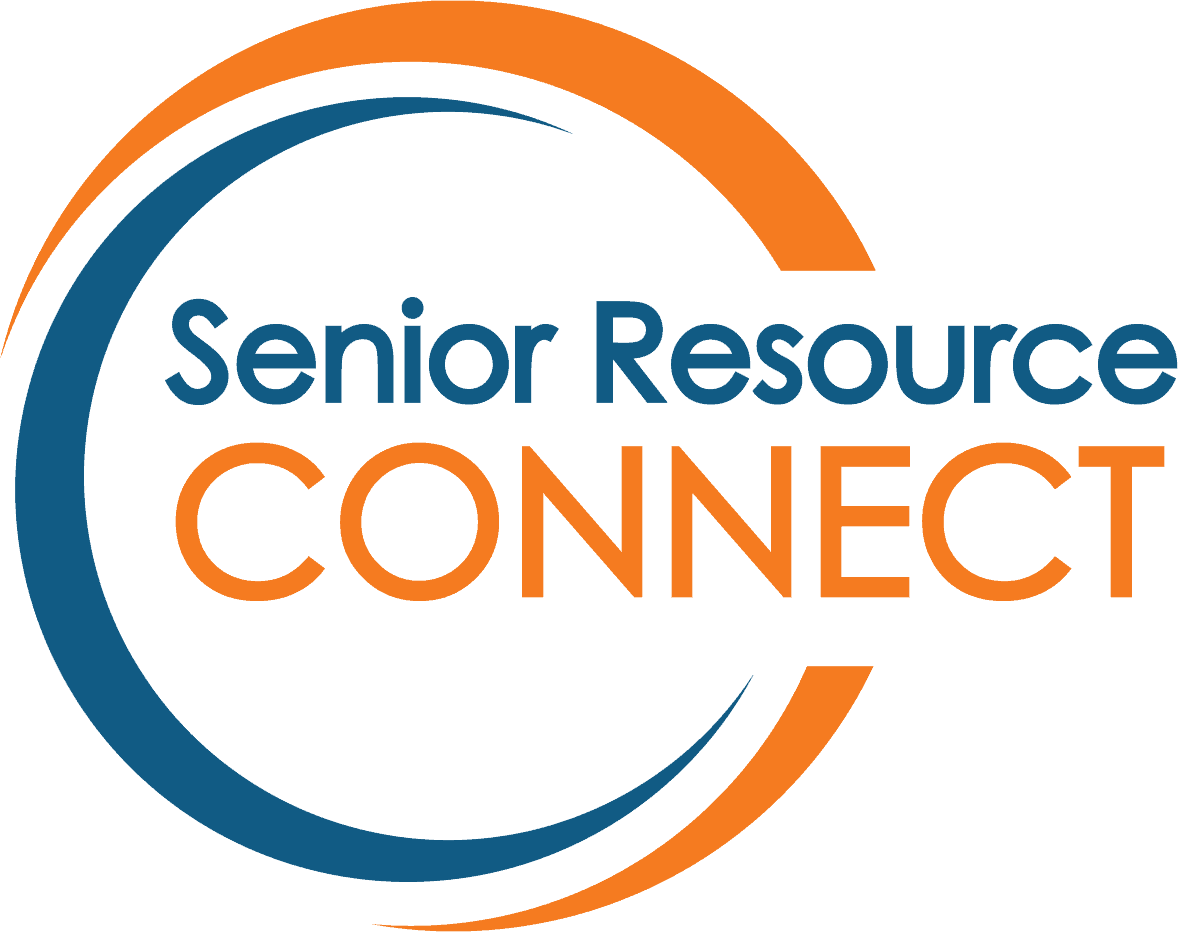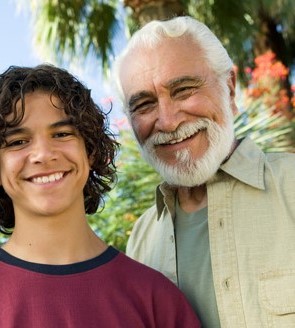When we think of caregivers usually, we picture a woman in her 50s or 60s caring for a parent. In reality, caregiving happens across the lifetime.
A 2018 study found that the average age of caregivers was 47 (down from 53 in 2010). According to a 2018 study by the AARP, one in four caregivers is a Millennial. That same year a study by BBC America estimated that there were 260,000 “young carers” (children age 8-18 taking care of a family member) in the UK. On the other end of the spectrum, 18% of caregivers in the US were age 65 and over.
There’s no minimum age for becoming a caregiver.
According to a 2006 study, 22% of high schools dropouts do not finish school because they need to care for a family member. Young children (age 8-18) who become caregivers are more likely to keep their caregiving a secret from their peers, either because they fear being placed in foster care or because they assume that this is how everyone interacts with their parents.
As the current generation continues to age, more and more Millennials are becoming caregivers. Millennial caregivers are more likely than their older counterparts to be African America, Hispanic/Latino, or Asian American. Millennial caregivers are also more likely to be balancing their caregiving with working full or part time (and 1 in 3 make less than $30,000 a year).
Caregiving and Gender
Although most caregivers are female, there has been a rise in male caregivers since 2015. There are approximately 16 million male caregivers in the US. Male caregivers are more likely to identify as heterosexual (89%), be Caucasian (59%), and married (56%). 28% of male caregivers in the US are Millennials.
Why the switch?
Baby Boomers have likely been caring for their own parent(s) at some point in their lives. Acting as sole caregiver, coupled with not being prepared for the true cost of care as they age results in them not having put aside enough to cover their own care. Families also look much different than they did when Baby Boomers were growing up. Now it’s not considered weird for family to live a few states away instead of a few houses away, or for parents to get divorced. People are putting off having kids later and later.
Baby Boomers are more likely than their parents were to never marry or to not have children; they’re also more likely to be divorced than their parents were. This means that Baby Boomers are at risk of feeling isolated and living alone in their later years. These factors lead to them relying on friends or family members for care.
People are also living longer, which means an increase in chronic conditions. This also leads to an increase in the need for caregivers as those who are currently acting as caregivers continue to age. According to the Bureau of Labor Statistics, 39% of caregivers cared for someone age 85 or over in 2017.
Where can caregivers, young and old, turn for help?
Caregiving duties can get in the way of school or work. Caregivers can speak to their boss (or a teacher/counselor they trust) about the situation and come up with accommodations. For example, can you have an extension on a paper, or can you work from home one day a week? Another place to turn is other family members in the area. Do they have any skills they can use to help?
One of the biggest challenges for younger caregivers is that they feel out of place in traditional support groups due to their age. Younger caregivers may benefit from looking at newer technology for support- is there a Facebook group or online chatroom they can join?
Regardless of age, caregivers can benefit from getting in touch with their local Area Agency on Aging or nonprofits in their area like Catholic Social Services that can support them on their caregiving journey.
Visit the Ahead of the Curve Resource Directory to learn more about services for caregivers in your community.






